How Recreation Bolsters Local Economies along the Olympic Coast
By Rebecca Wilken
February 2017
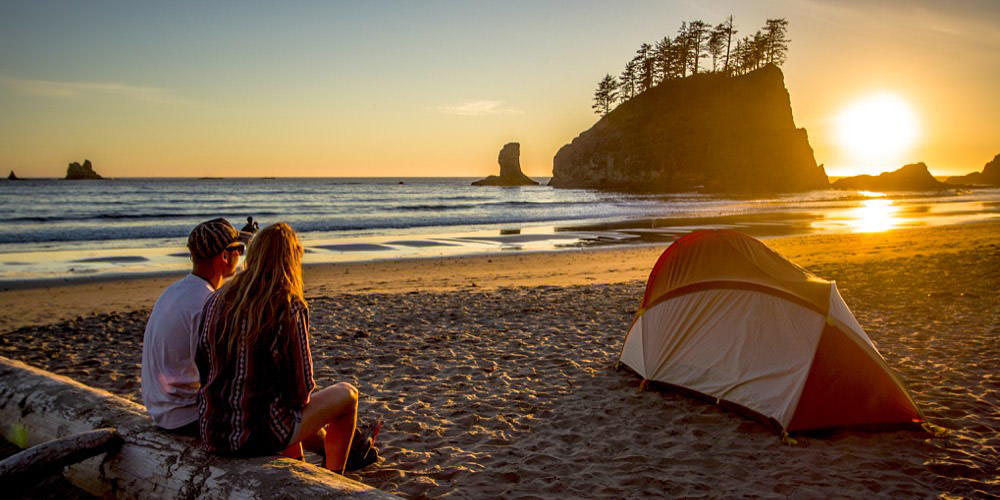
It's February! And in the month of love we may hear folks wax poetic about long walks on the beach. But those strolls along the coast have a far greater impact than you might expect -- in national marine sanctuaries, beach visitors can help support resilient coastal communities. In fact, each year visitors to national marine sanctuaries fuel millions of dollars into local economies via economic activity associated with tourism and participation in recreational activities. A new study shows that in 2014 alone, visitors to Olympic Coast National Marine Sanctuary contributed $101.6 million to local economies and supported nearly 1,200 jobs.
Known for its ancient forests, diverse wildlife, and towering coastal sea stacks, Washington state's Olympic Coast is an environment to which many people feel a deep, visceral connection. Each year, over three million people visit the Olympic Peninsula to enjoy its natural wonders and rich cultural history. Here, Olympic Coast National Marine Sanctuary borders Olympic National Park, Washington Island National Marine Refuge Complex, and reservations of the Makah, Quileute, Hoh Indian Tribes and the Quinault Indian Nation. In addition, the sanctuary bounds approximately seven miles of the Washington State Seashore Conservation Area. Visitors have the opportunity to explore tidepools, watch diverse wildlife, hike, swim, surf, enjoy those long beach strolls, and more.
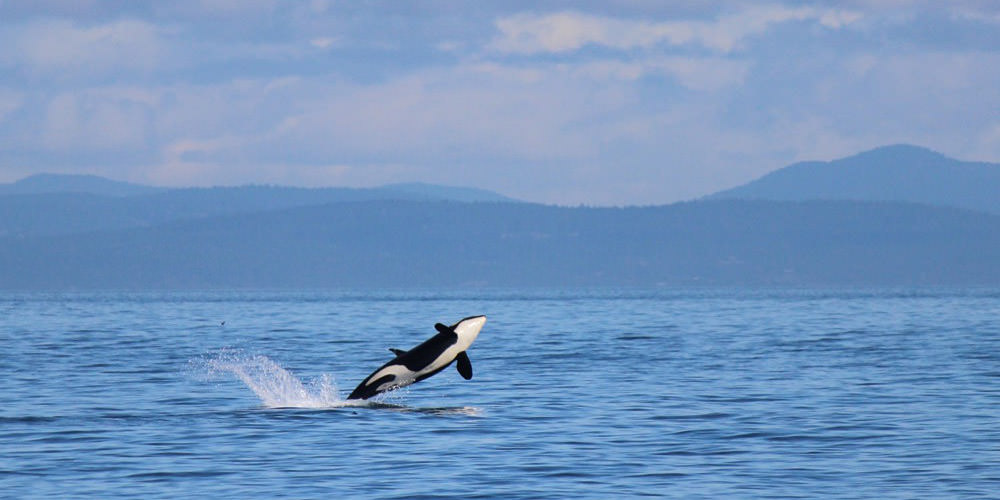
But how can beachgoers, sightseers and hikers have such a large economic impact, you might ask? The recently-published NOAA study found that over the course of 2014, sanctuary visitors from households within the state of Washington contributed $32.7 million in the form of payments for camping and lodging sites in the vicinity.
During their stays, visitors contributed an additional $30 million in food and beverage purchases -- $18.6 million at restaurants and bars and another $11.4 million from groceries, markets, and other stores within 1.2 miles (2 kilometers) of the sanctuary's shoreline. For those traveling by car, gas purchases from visits to sanctuary also add up, bringing an additional $19.3 million to local gas stations and rest stops.
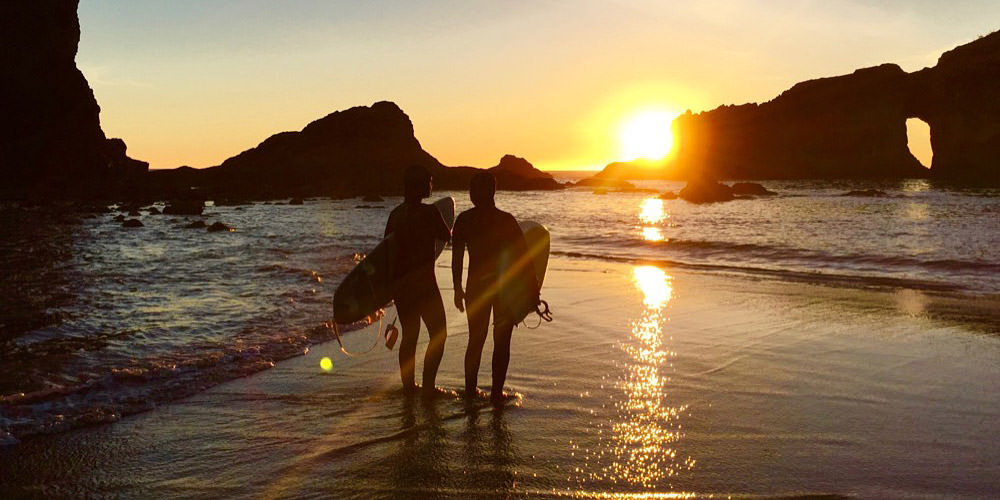
So though it may seem like a weekend at the beach in your national marine sanctuaries may have little impact, simply visiting federally-protected lands and waters can have a dramatic, positive impact on the local communities through your visit.
Attracted by gorgeous scenery and clean beaches in the sanctuary, Washingtonians spent a collective 308,300 days beachgoing, 297,500 days sightseeing, and 196,000 days hiking and biking along the sanctuary in 2014. Those days add up: Washington households supported the Olympic Peninsula economy by spending $101.6 million at businesses within the sanctuary study area during their visits.
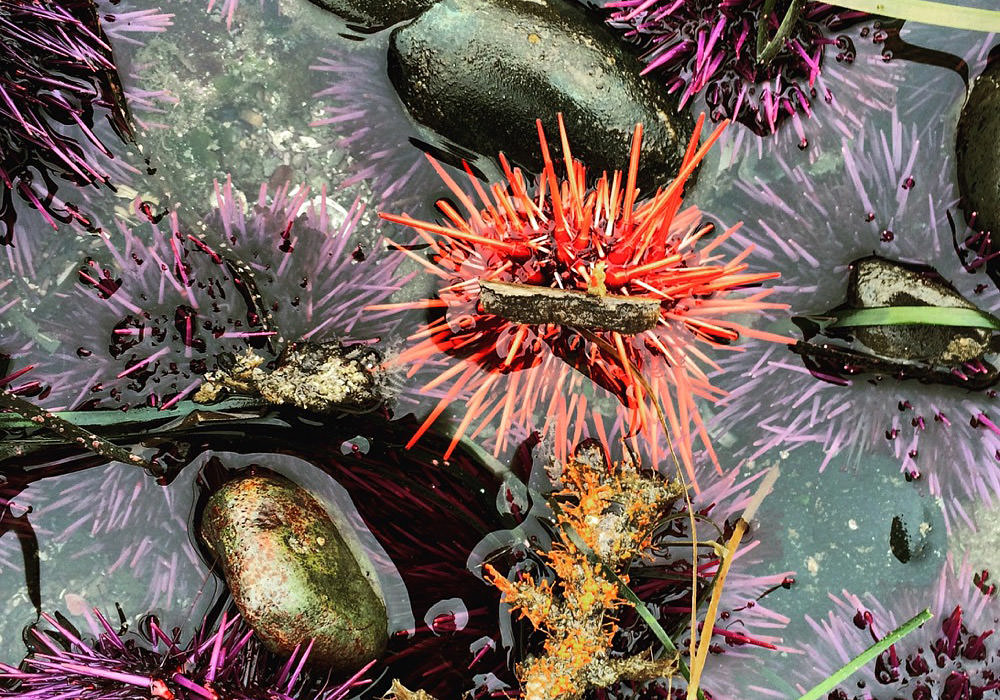
In this case, cleanliness is next to attractiveness. For the sanctuary, removing debris from beaches helps to protect coastal habitats and the health of marine organisms that depend on the area. But pristine habitats keep visitors coming back for more, too. Respondents to surveys in the new NOAA study indicated that clean water and beaches are important to them, and that these are two areas in which the sanctuary is doing well. These are characteristics the sanctuary works hard to preserve.
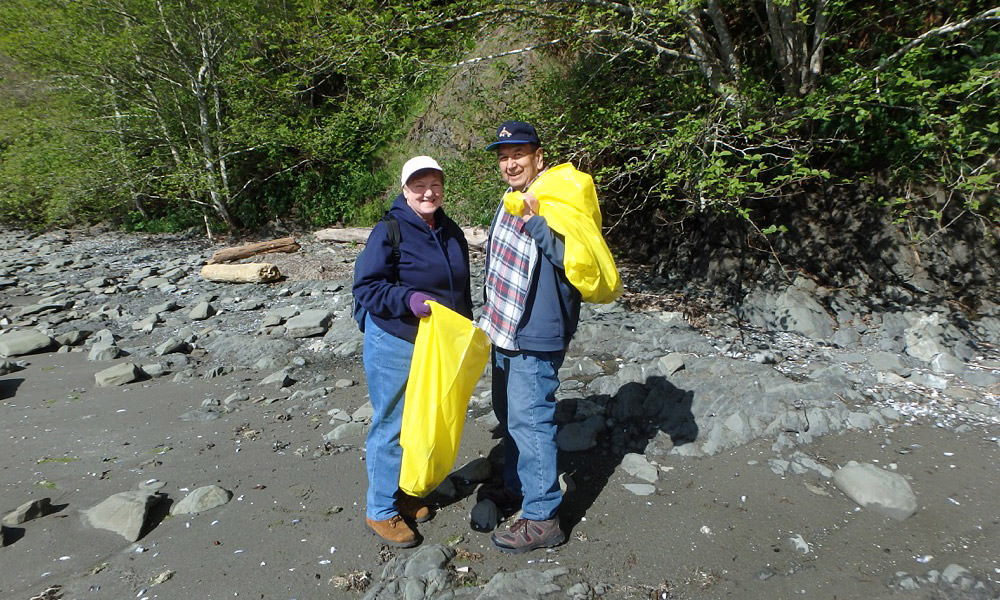
When visitors explore sanctuaries, local economies flourish. Recreation in Olympic Coast National Marine Sanctuary alone supports job creation and income in surrounding communities. Thus sanctuaries like Olympic Coast not only benefit the natural resources they protect, but provide substantial economic support for our nation's diverse communities.
Olympic Coast National Marine Sanctuary is but one of 13 sanctuaries within the National Marine Sanctuary System. Where will your next adventure be?

